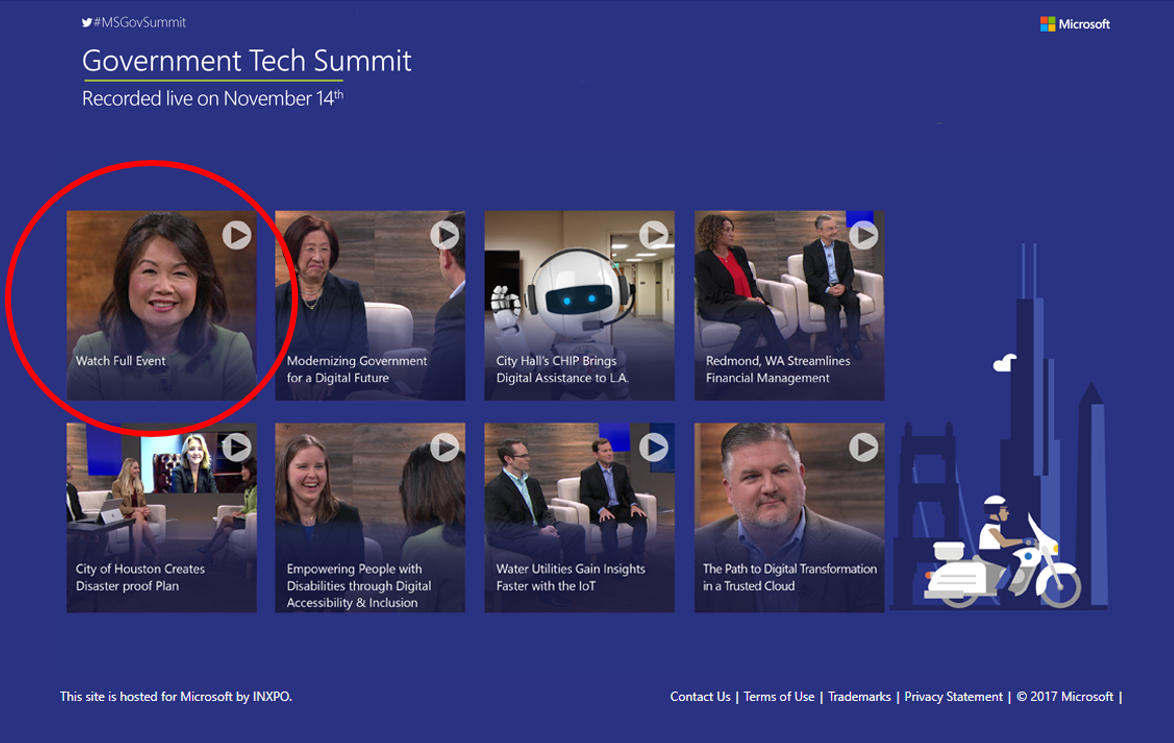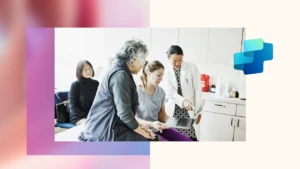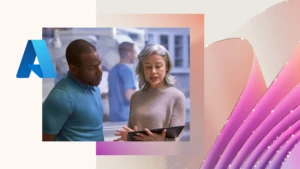
Stay connected: Chatbots for Health and Human Services
The way we communicate is quickly evolving. Constituents want to be able to engage with agencies anytime on any platform or device just like they do in commercial space. So how can your health and human services agency take advantage of new ways of conversing to be more responsive in providing information when people need it?
Many of the health and human services leaders we’ve met with recently are especially excited about how they can use chatbots to stay connected with those they serve 24/7, while saving their teams’ time. With chatbots in place to handle commonly asked questions, service desk and case workers can focus more of their time on improving outcomes for people in your programs.
For instance, child welfare agencies can use chatbots to provide foster care parents important information and services for their foster care program in real time—via multiple channels such as agency websites, phone apps, texts, or even Skype or Facebook —while reducing the call burden on their teams.
 By way of an example, here’s a scenario: Shelley, a new foster care parent who is taking care of an eight-month old baby is feeling overwhelmed with all the responsibilities and has a ton of questions, and they don’t always occur during business hours. She realizes that she has a court hearing coming up and wonders if it’s important that she attend. She uses her smartphone to ask a digital assistant customized by the foster care agency. The digital assistant instantly messages her back to explain why it’s important that Shelley attend as everyone involved in Rosie’s case will be there.
By way of an example, here’s a scenario: Shelley, a new foster care parent who is taking care of an eight-month old baby is feeling overwhelmed with all the responsibilities and has a ton of questions, and they don’t always occur during business hours. She realizes that she has a court hearing coming up and wonders if it’s important that she attend. She uses her smartphone to ask a digital assistant customized by the foster care agency. The digital assistant instantly messages her back to explain why it’s important that Shelley attend as everyone involved in Rosie’s case will be there.
By having access to information and support at her fingertips, Shelley can feel connected with the agency throughout her foster parenting journey—rather than feeling like the agency dropped off a child and left her on her own trying to find answers to her questions.
Any health and human services agency can benefit from using chatbots as a way to better serve their community. And it’s easier and faster than you may think to create a chatbot customized for your services. You can have a proof of concept up in a matter of days using existing agency data such as FAQ documents or websites.
Chatbots belong to a large family of programs that employ artificial intelligence. They can utilize your existing communication channels and information such as your FAQs and knowledge base that call center agents use to answer questions.
Chatbots are designed to provide text or verbal interaction with people using natural language leveraging Artificial Intelligence. People can ask a question through a conversational channel as if they were speaking with one of your social worker or call center agents—using the platform and messaging tool of their choice. That way, they can access your agency for support for common queries and tasks when and where it’s convenient for them.
Plus, chatbots harness machine learning so they can continually improve.
See a chatbot in action and hear how it’s helped the city of Los Angeles. Watch L.A.’s CIO Ted Ross’ presentation at our recent Virtual Government Tech Summit:
- Complete the registration (free, and takes 30 seconds) here.
- Choose the “Watch Full Event” tile (as I’ve marked below):

- Cue to the 29:45 point and watch from there.
You can learn more about Microsoft Bot Framework and get started with your own chatbot by checking out the free Azure bot service trial. Contact Microsoft to find out how Microsoft or a partner can bring an Azure planning session onsite to your team.




